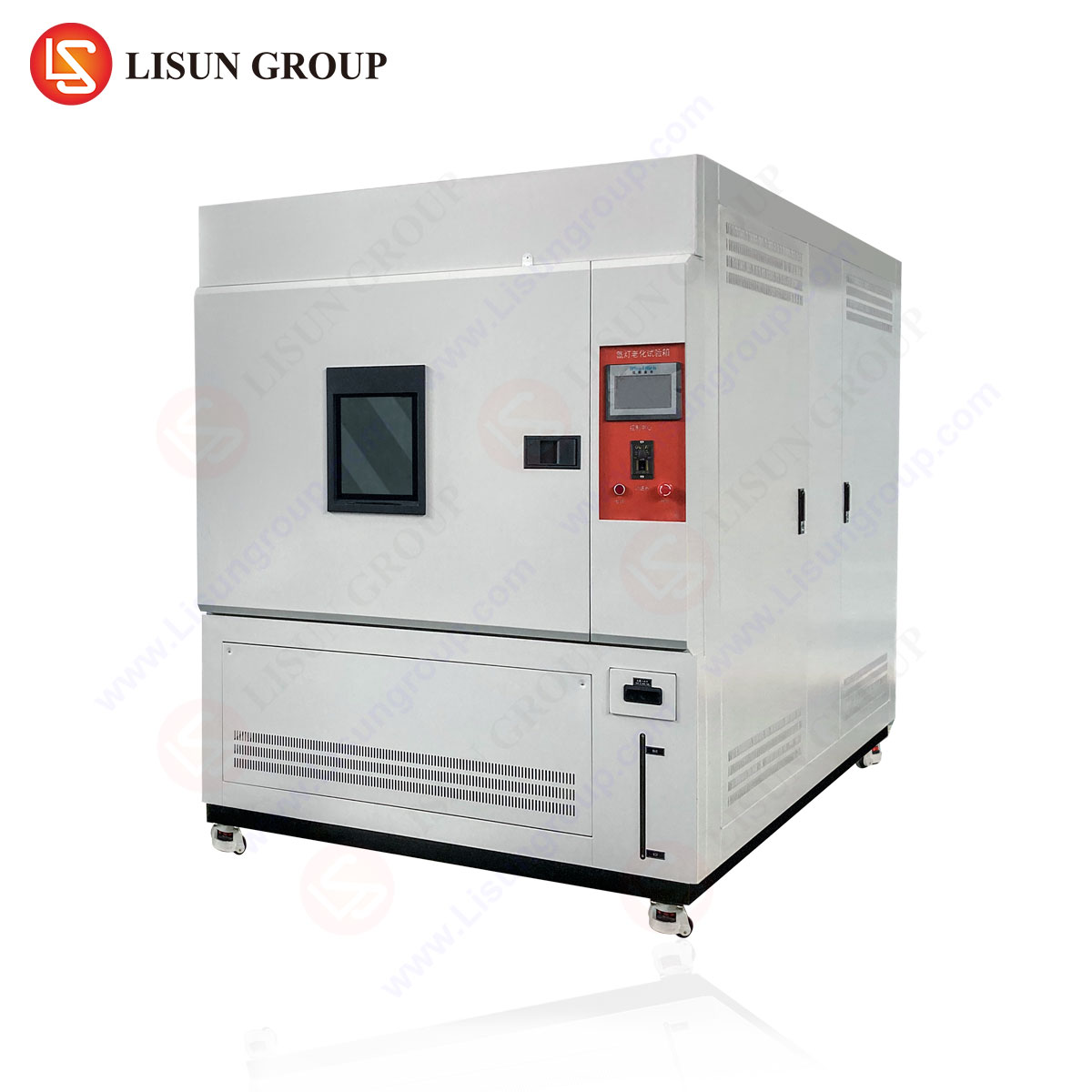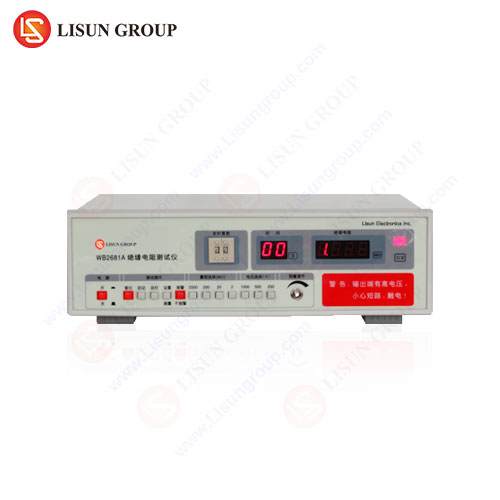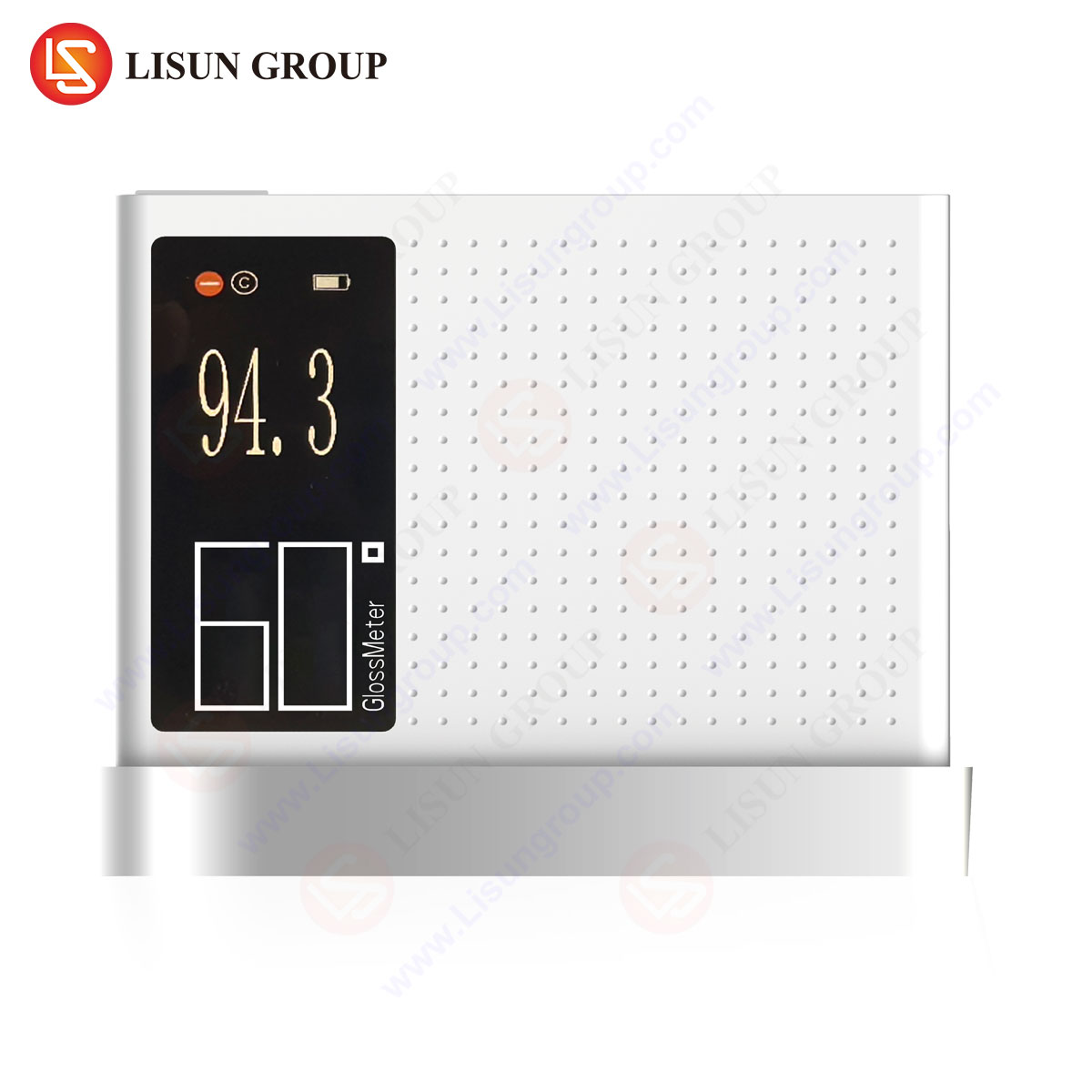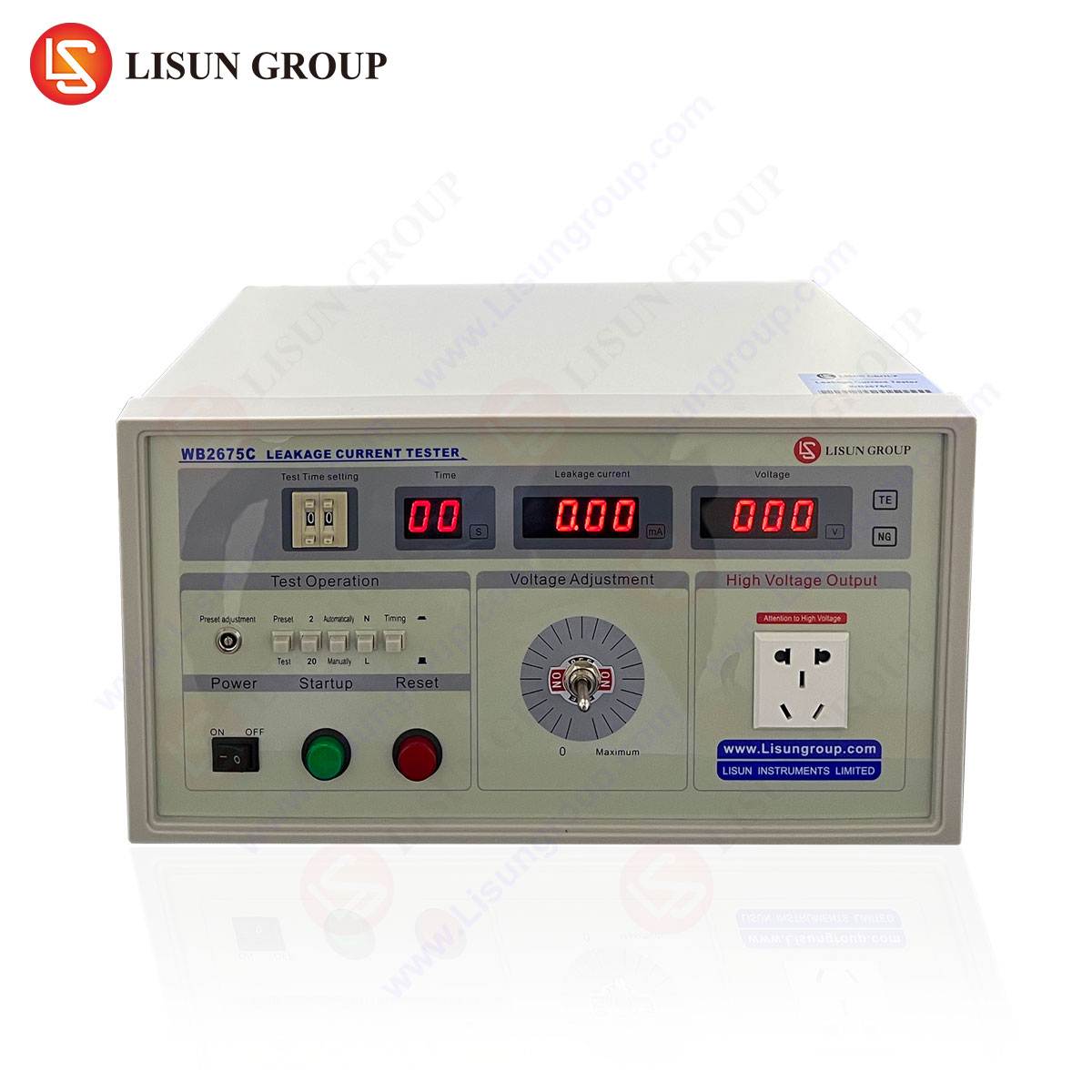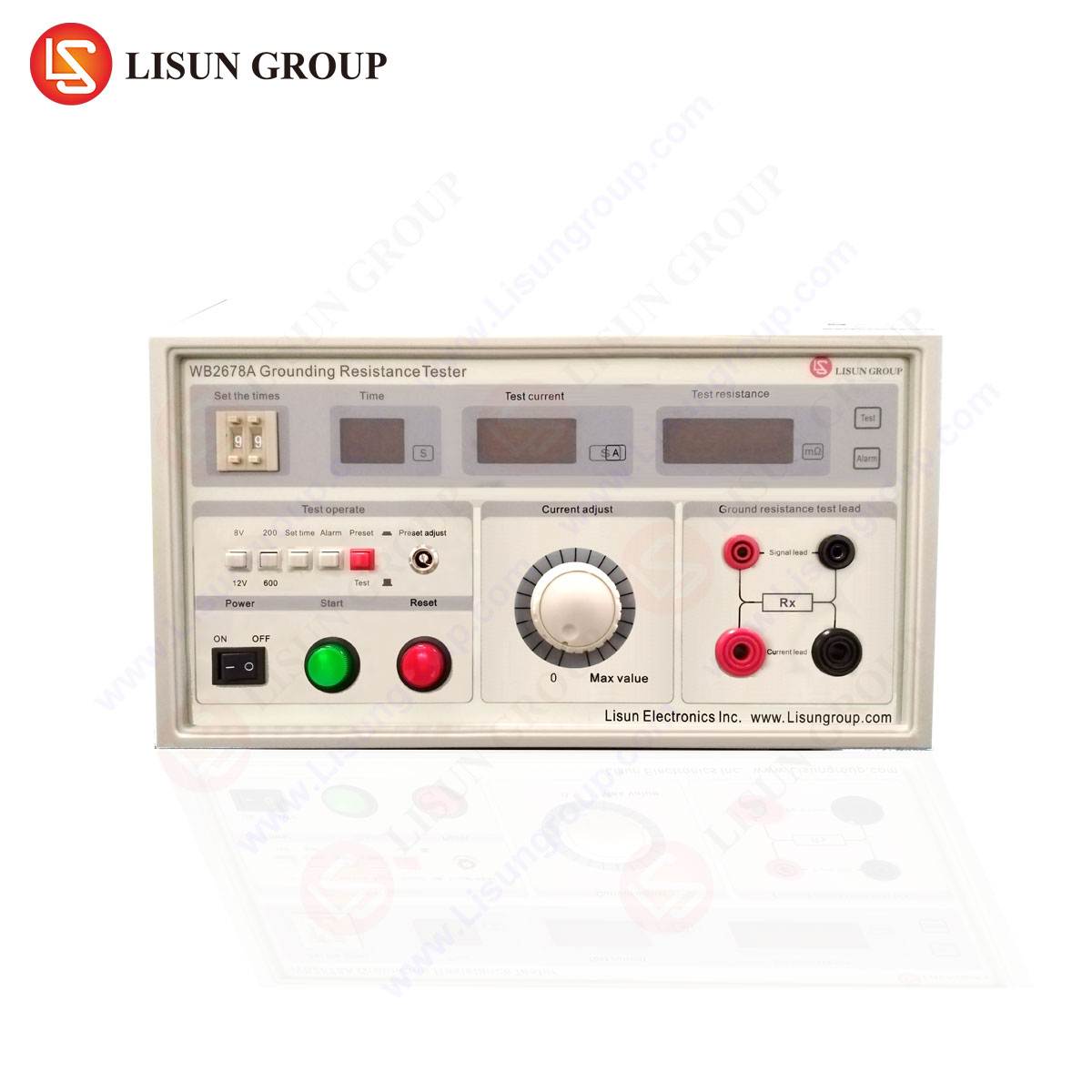Introduction to Grounding Resistance Testing
Grounding resistance testing is a critical procedure in ensuring the safety and reliability of electrical systems. Proper grounding minimizes the risk of electrical shock, equipment damage, and electromagnetic interference (EMI) by providing a low-resistance path for fault currents to dissipate into the earth. A grounding resistance tester is an indispensable tool for verifying the effectiveness of grounding systems across multiple industries, including electrical and electronic equipment, automotive electronics, telecommunications, and medical devices.
Itu WB2678A Grounding Resistance Tester oleh LISUN is a precision instrument designed to measure grounding resistance with high accuracy, adhering to international standards such as IEC 61557-5, EN 61557-5, and GB/T 18216-4. Its robust design, advanced testing methodologies, and user-friendly interface make it a preferred choice for engineers and technicians in demanding industrial environments.
Fundamental Principles of Grounding Resistance Measurement
Grounding resistance measurement relies on the principle of injecting a known current into the grounding system and measuring the resulting voltage drop. The ratio of voltage to current determines the grounding resistance. The WB2678A employs the fall-of-potential method, a widely recognized technique for accurate measurements.
Key measurement methods include:
- Two-Pole Method: Suitable for quick checks but less precise due to interference from parallel grounding paths.
- Three-Pole Method: Provides higher accuracy by eliminating interference from auxiliary electrodes.
- Four-Pole Method: Used for ultra-precise measurements in complex grounding systems, minimizing lead resistance effects.
Itu WB2678A supports all three methods, ensuring adaptability across diverse testing scenarios.
Core Features of the WB2678A Grounding Resistance Tester
High-Precision Measurement Capabilities
Itu WB2678A delivers measurement accuracy within ±(2% + 3 digits) across a range of 0.01 Ω to 20 kΩ, making it suitable for both low-resistance industrial grounding systems and high-resistance soil conditions. Its 2000-count LCD display ensures clear readability even in low-light environments.
Advanced Noise Rejection Technology
Electrical noise from nearby power lines or industrial equipment can distort measurements. The WB2678A incorporates automatic frequency selection (AFC) Dan digital signal processing (DSP) to suppress interference, ensuring stable readings in noisy environments.
Wide Testing Current Range
The tester provides selectable test currents of 1 mA, 10 mA, and 100 mA, allowing users to balance measurement precision with power consumption. Higher currents improve signal-to-noise ratio in high-resistance environments, while lower currents minimize power usage in sensitive applications.
Data Logging and Connectivity
Equipped with USB and RS-232 interfaces, itu WB2678A enables seamless data transfer to PCs for further analysis. Built-in memory stores up to 1000 test records, facilitating compliance documentation and trend analysis.
Robust Safety and Durability
Designed for harsh industrial conditions, the tester complies with CAT III 600V safety standards and features a rugged, impact-resistant casing. Its IP54-rated enclosure provides dust and splash protection, ensuring reliable operation in outdoor and industrial settings.
Industry-Specific Applications of Grounding Resistance Testing
Electrical and Electronic Equipment Manufacturing
In facilities producing switches, sockets, and circuit breakers, grounding resistance testing ensures compliance with IEC 60364 Dan UL 467 standards. The WB2678A verifies that protective grounding conductors maintain resistance below 0.1 Ω, preventing hazardous potential differences.
Automotive Electronics and EV Charging Stations
Electric vehicle (EV) charging stations require grounding resistance below 10 Ω per IEC 61851. The WB2678A’s high-current testing mode detects subtle resistance increases caused by corrosion or loose connections, preventing ground-fault hazards.
Telecommunications Infrastructure
Telecom towers and data centers rely on low-impedance grounding to dissipate lightning strikes and EMI. The WB2678A's four-pole method ensures accurate measurements in complex multi-ground systems, adhering to ANSI/TIA-607 persyaratan.
Medical Device Compliance
Medical electrical equipment must meet IEC 60601-1 grounding resistance limits (typically < 0.2 Ω). The tester’s precision ensures patient safety by detecting faulty grounding in defibrillators, MRI machines, and surgical instruments.
Aerospace and Aviation Grounding Verification
Aircraft grounding systems must withstand static discharge and lightning strikes. The WB2678A validates bonding resistance in avionics bays and fuel-handling systems, ensuring compliance with DO-160 Dan SAE ARP5416.
Competitive Advantages of the WB2678A
Compared to conventional testers, the WB2678A offers:
- Superior noise immunity for reliable measurements in electrically noisy environments.
- Multi-mode testing (2P, 3P, 4P) for flexibility across applications.
- Extended battery life (up to 30 hours) with low-battery indicators.
- Auto-ranging functionality to eliminate manual range selection errors.
FAQs on Grounding Resistance Testing
Q1: What is the maximum allowable grounding resistance for industrial control systems?
A: Per NFPA 70 (NEC), industrial grounding systems should generally maintain resistance below 5 Ω. However, specific applications (e.g., substations) may require < 1 Ω.
Q2: Can the WB2678A measure soil resistivity?
A: Yes, using the Wenner four-pin method, the tester calculates soil resistivity, critical for designing effective grounding grids.
Q3: How often should grounding resistance be tested?
A: Annual testing is recommended, though high-risk environments (e.g., chemical plants) may require semi-annual checks per OSHA 1910.303.
Q4: Does the WB2678A support temperature compensation?
A: While it does not auto-compensate, its ±2% accuracy accounts for typical ambient temperature variations (0–40°C).
Q5: What distinguishes the WB2678A from budget testers?
A: Unlike low-cost models, the WB2678A features true RMS measurement, AFC, and CAT III 600V safety, ensuring reliable, standards-compliant results.


